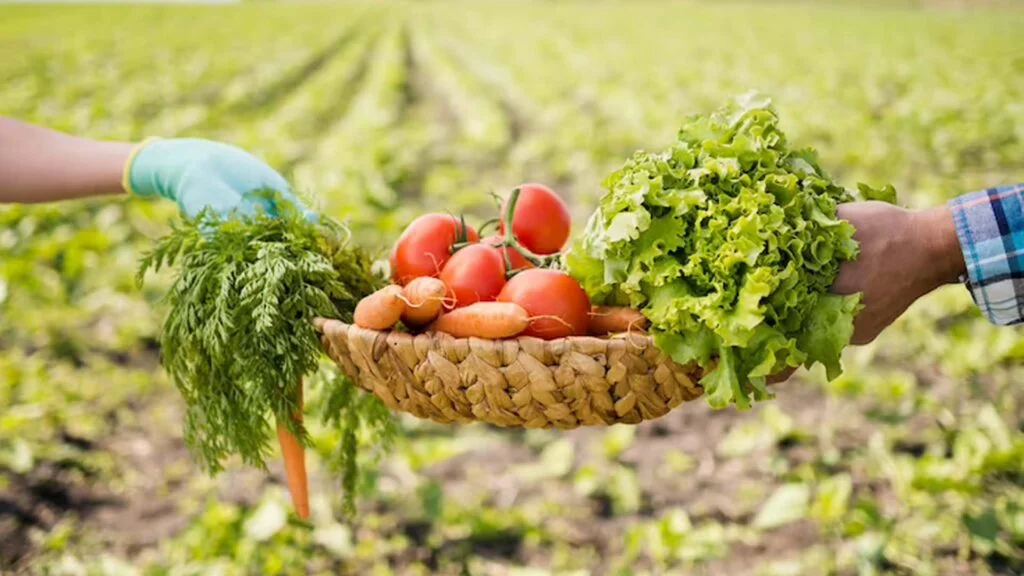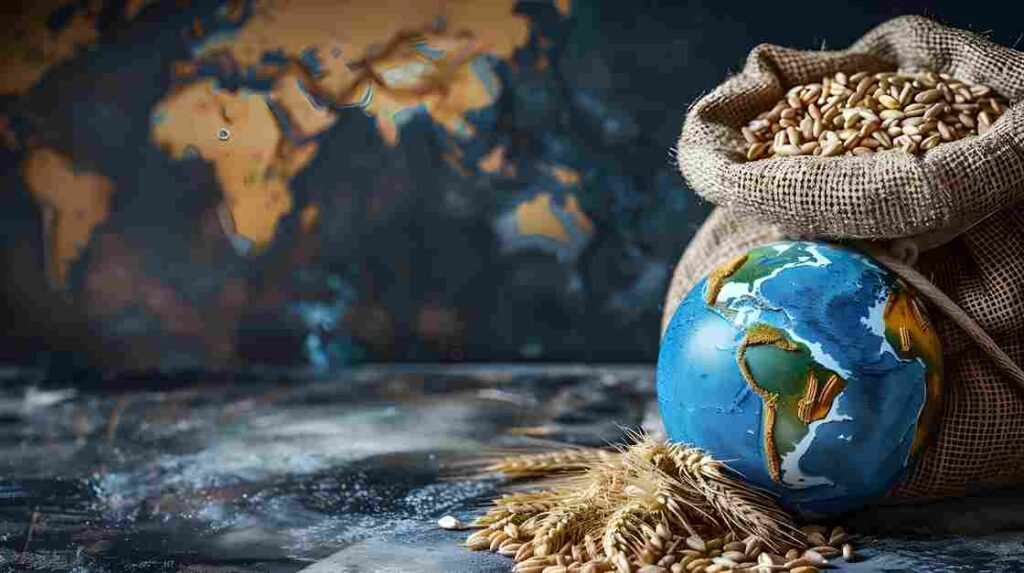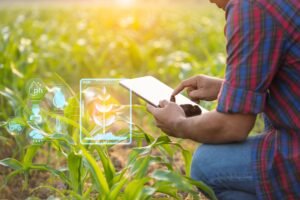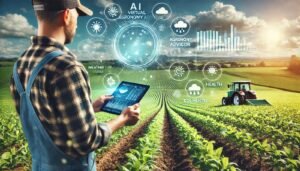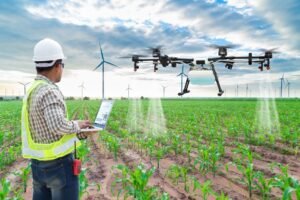Introduction
Smart farming represents a revolutionary approach to agriculture that leverages advanced technologies to optimize farming practices and increase productivity. As the global population continues to rise, the demand for food is escalating, putting pressure on farmers to produce more while using fewer resources.
Smart farming technologies, including the Internet of Things (IoT), artificial intelligence (AI), drones, and big data analytics, are transforming traditional agricultural methods into data-driven, efficient systems. These innovations not only improve crop yields but also promote sustainable practices that are essential for long-term food security.
This article will delve into the various smart farming technologies available today, their benefits, and how they are reshaping the future of agriculture. By understanding these advancements, farmers can make informed decisions that enhance their operations and contribute to a more sustainable agricultural landscape.
Understanding Smart Farming Technologies
Smart farming encompasses a variety of technologies designed to improve agricultural efficiency and productivity through data-driven decision-making.
1. The Internet of Things (IoT)
The IoT plays a crucial role in smart farming by connecting devices and sensors throughout the farm. This technology allows farmers to monitor crop health, soil conditions, and equipment performance in real-time.
Benefits of IoT in Agriculture:
- Real-Time Monitoring: Farmers can track environmental conditions and make timely decisions.
- Data Collection: Sensors collect valuable data on moisture levels, temperature, and nutrient content.
- Automation: IoT devices can automate irrigation systems based on real-time data, optimizing water use.
According to a report by IoT Analytics, the number of connected agricultural devices is expected to reach over 75 million by 2025.
2. Drones and Aerial Imaging

Drones equipped with advanced imaging technology provide farmers with aerial views of their fields. This capability allows for detailed monitoring and analysis of crop conditions.
Advantages of Using Drones:
- Crop Health Assessment: Drones can identify areas of stress or disease before they become visible from the ground.
- Precision Application: Farmers can apply fertilizers or pesticides more accurately based on drone data.
- Time Efficiency: Drones cover large areas quickly, saving time compared to traditional scouting methods.
A study published in “Precision Agriculture” found that using drones can increase crop yields by up to 15% due to improved management practices.
3. Artificial Intelligence (AI) and Machine Learning
AI and machine learning algorithms analyze vast amounts of agricultural data to provide insights that help farmers make informed decisions.
Applications of AI in Farming:
- Predictive Analytics: AI can forecast crop yields based on historical data and current conditions.
- Pest Management: Machine learning models can predict pest outbreaks, allowing for proactive measures.
- Resource Optimization: AI helps in optimizing water usage, fertilizer application, and labor management.
Research from McKinsey & Company indicates that AI could increase global agricultural productivity by 20-30% by 2030.
4. Robotics in Agriculture
Robotic systems are increasingly being used for various tasks in farming, from planting seeds to harvesting crops.
Benefits of Agricultural Robotics:
- Labor Efficiency: Robots can perform repetitive tasks faster and with greater precision than human laborers.
- Cost Reduction: Automation reduces labor costs and minimizes human error.
- 24/7 Operation: Robots can work around the clock without fatigue.
For example, autonomous tractors equipped with GPS technology can operate independently, increasing operational efficiency.
Sustainable Practices Through Smart Farming
Smart farming not only enhances productivity but also promotes sustainable agricultural practices that benefit the environment.
1. Precision Agriculture

Precision agriculture involves using technology to monitor field variability in crops. This approach allows farmers to apply inputs like water, fertilizers, and pesticides more efficiently.
Key Benefits:
- Reduced Input Costs: By applying resources only where needed, farmers save money while minimizing waste.
- Environmental Protection: Precision techniques reduce runoff into waterways and lower chemical usage.
According to the USDA, precision agriculture practices can lead to a reduction in fertilizer use by up to 30%.
2. Conservation Tillage
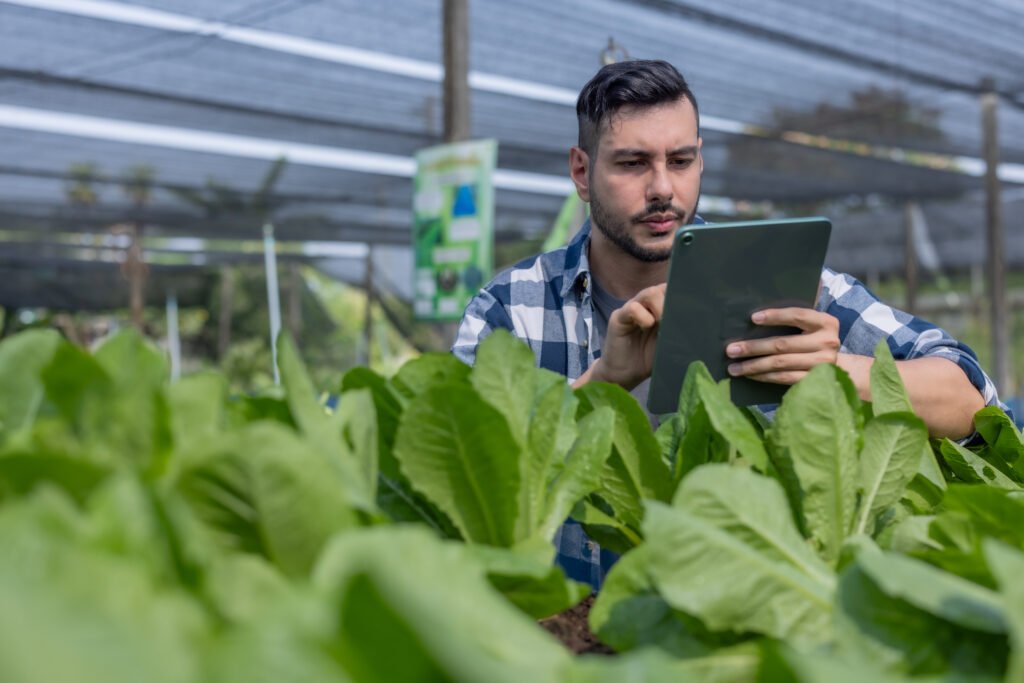
Smart farming technologies support conservation tillage practices that protect soil health. By minimizing soil disturbance, farmers can improve soil structure and reduce erosion.
Advantages:
- Soil Health Improvement: Healthy soil retains moisture better and supports beneficial microorganisms.
- Carbon Sequestration: Reduced tillage helps sequester carbon in the soil, contributing to climate change mitigation.
Studies show that conservation tillage can increase organic matter content in soils by up to 1% per year.
Challenges in Implementing Smart Farming
While smart farming offers numerous benefits, there are challenges that farmers must navigate when adopting these technologies.
1. High Initial Costs
The investment required for smart farming technologies can be significant. Many smallholder farmers may struggle to afford advanced equipment or software solutions.
2. Technical Knowledge
Farmers may need training to effectively use new technologies. Bridging the knowledge gap is essential for successful implementation.
3. Data Management
With increased data collection comes the challenge of managing and analyzing this information effectively. Farmers need tools that help them interpret data for actionable insights.
Conclusion
Smart farming represents the future of modern agriculture by integrating advanced technologies that enhance productivity while promoting sustainability.
By leveraging tools such as IoT devices, drones, AI, and robotics, farmers can optimize their operations and contribute positively to environmental stewardship. As we face increasing challenges related to food security and climate change, embracing smart farming practices becomes essential for building resilient agricultural systems.
Explore smart farming technologies today—consider incorporating these innovations into your farming practices or support local initiatives that promote sustainable agriculture!
Q&A Section
Q: What is smart farming?
A: Smart farming refers to the use of advanced technologies such as IoT, drones, AI, and robotics to optimize agricultural practices for improved efficiency and sustainability.
Q: How does precision agriculture benefit farmers?
A: Precision agriculture allows farmers to apply inputs like water and fertilizers more efficiently based on real-time data, leading to cost savings and reduced environmental impact.
Q: What challenges do farmers face when adopting smart farming technologies?
A: Challenges include high initial costs for technology investment, the need for technical knowledge or training, and effective management of collected data.
Resources
- Food and Agriculture Organization (FAO)
- USDA National Institute of Food and Agriculture
- International Society of Precision Agriculture
- McKinsey & Company Report on AI in Agriculture
- IoT For All – Smart Farming
Read More
- The Importance of Water Management in Sustainable Agriculture: Strategies for Success
- Strategies to Increase Crop Yields in Agriculture: Effective Techniques for Farmers
- Types of Fertilizers: Benefits and Uses for Effective Crop Management
- The Importance of Sustainable Agriculture in Environmental Protection


